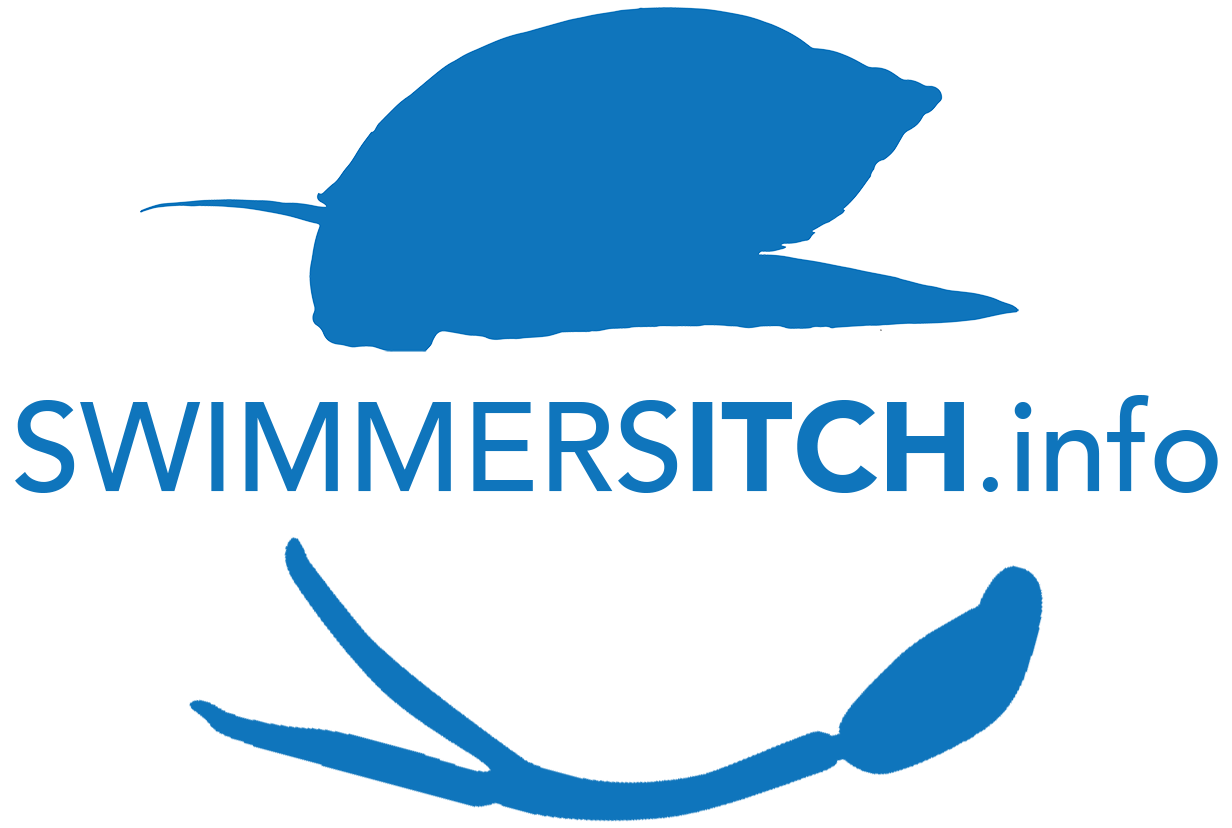How this survey is used
Each swimmer’s itch report is recorded and archived for surveillance purposes. For up-to-date information on lakes currently experiencing such swimmer’s itch outbreaks, or to identify the exact location you contracted swimmer’s itch, please visit the Map Your Itch page on this site.
